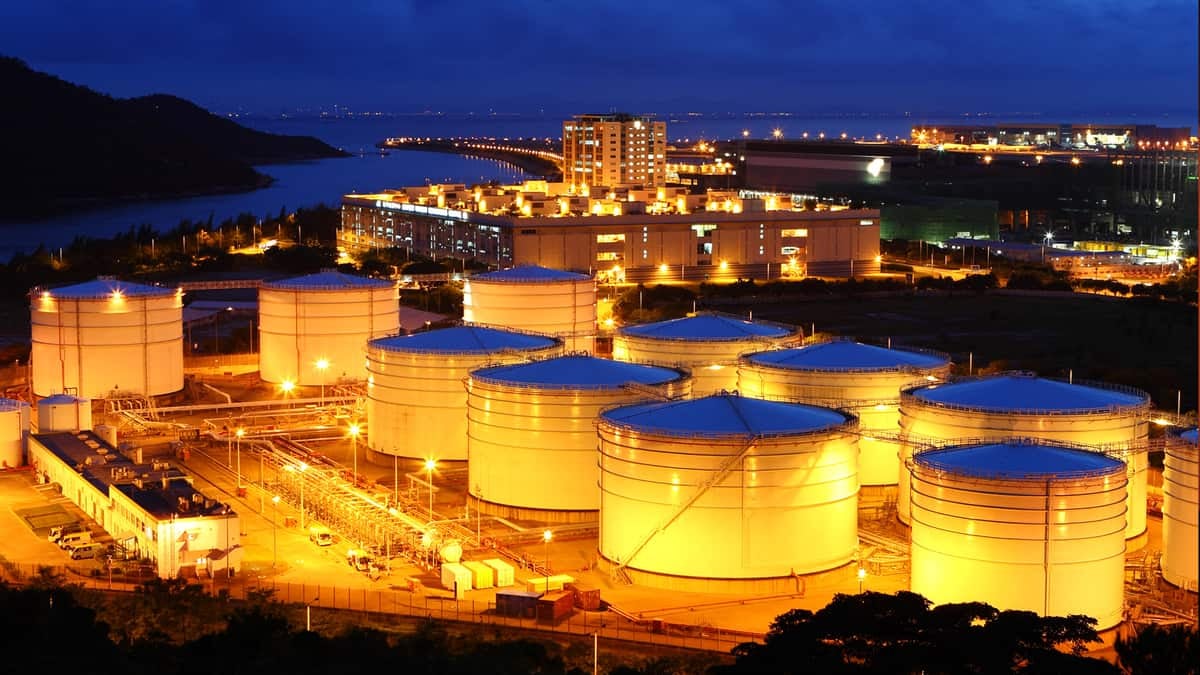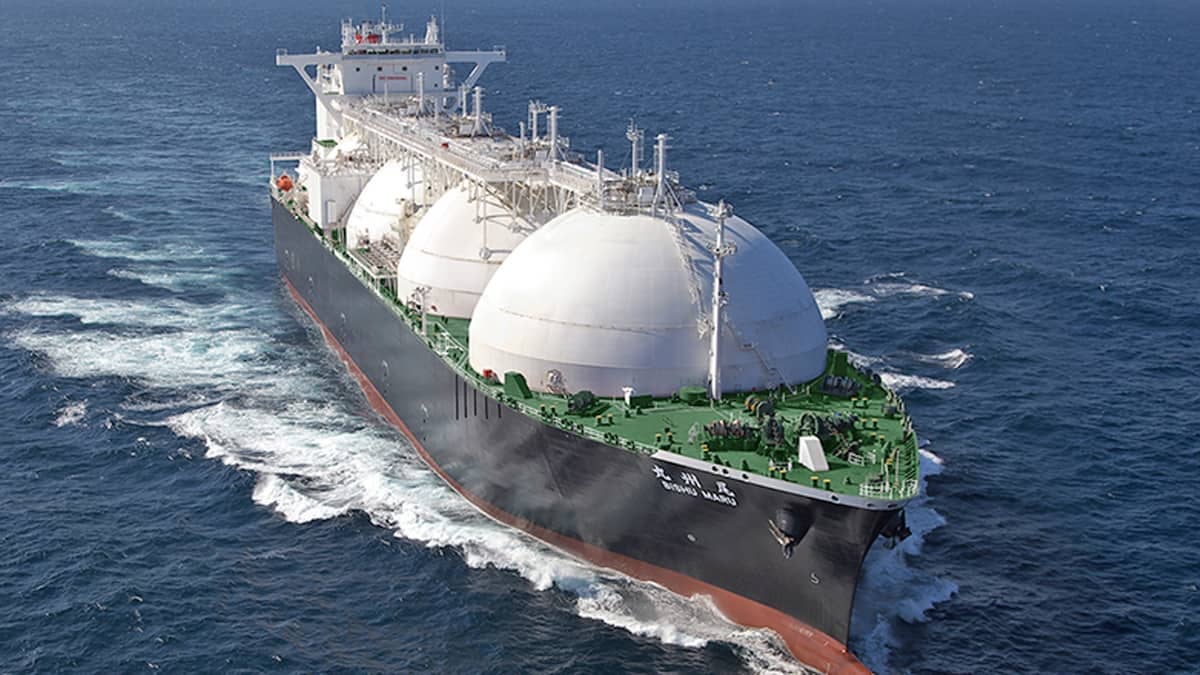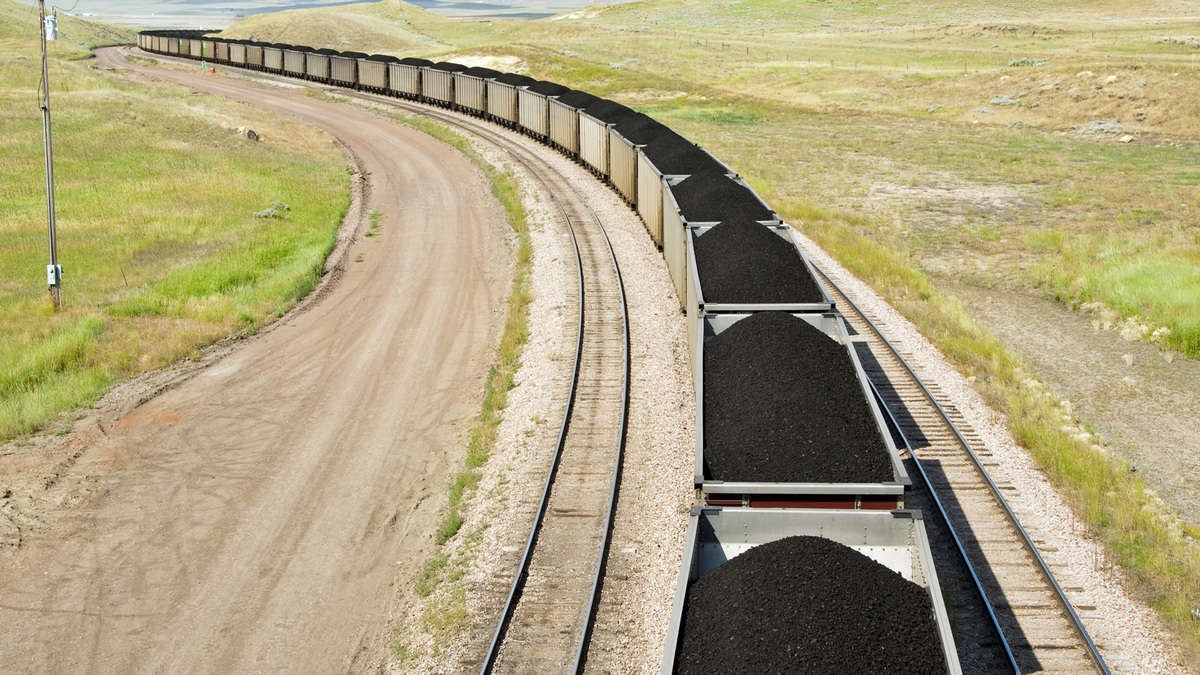Energy is the foundation on which all supply chains operate. As a result, energy supply chains occupy a substantial portion of the time I spend thinking about supply chains. How would our world be different if the cost of producing, storing and distributing energy were negligible, or almost negligible? What mix of technologies will make it easier for the world to reduce greenhouse gas emissions? What are the major sources of waste in energy distribution and how can that waste be reduced? These are some of the questions I think about.

The U.S. Energy Information Administration’s Office of Energy Analysis published the International Energy Outlook 2019 – with Projections to 2050 (#IEO2019) in September 2019. More recently, the International Energy Agency published the World Energy Outlook 2019 (#WEO2019) on November 13, 2019.
In this article, I am digging through the former, and reading summaries of the latter to see what we can learn and deduce about how developments in energy markets might affect supply chains if nothing changes and things continue as they are today, between now and 2050.
In #IEO2019 and #WEO2019, comparisons are between OECD and non-OECD countries. For simplicity, I am using the terms developed and developing countries, since most people will not be familiar with The Organisation for Economic Co-operation and Development (OECD). The fundamental conclusions and observations hold.
Increases in energy consumption are tied to economic growth
In the projections reflected in #IEO2019, economic growth is tied to increases in energy consumption. With the highest economic growth occurring in developing countries, #IEO2019 projects that most of the world’s increase in energy consumption will happen in the developing world. According to those projections, the world’s energy consumption will increase by 50% between 2018 and 2050. During that time, energy consumption in the developing world will increase by 70% while energy consumption in the developed world will increase by 15%. The disparity is related to aging populations in the developed world, greater energy efficiency and lower economic growth overall. In the developing world, Asia will account for the vast majority of increases in energy consumption, with developing regions of Africa, the Americas and Europe comprising the remainder.

Industrial activity contributes most to growth in energy consumption
The end-use sectors that the projections in #IEO2019 focus on are industrial, transportation, commercial and residential. The industrial sector includes agriculture, construction, manufacturing, mining and refining. According to the #IEO2019 projections, the industrial sector in the developing world accounts for the largest increase in energy consumption between 2018 and 2019. Also, energy-intensive manufacturing continues to shift to developing regions of Asia, collectively accounting for more than half of global output. China and India will lead the world in energy-intensive industrial energy consumption over the projection period. In addition, coal will remain an important part of the energy mix during that period.
Residential and commercial energy consumption grows
Residential energy consumption in the developed world grows modestly over the #IEO2019 projection period. In the developing world, China, India and other fast-growing regions of Asia account for the majority of growth in residential energy consumption over the projection horizon. Higher economic growth leads to lifestyles that place a higher demand on residential lighting as well as electrical appliances and equipment.
Over the projection period, commercial energy consumption in developing economies increases faster than in developed economies. However the aggregate level of commercial energy consumption remains higher in developed economies than in developing economies. Again, China and India play a central role, with China making a significant shift away from coal to other sources of energy.

Transportation energy consumption in the developing world continues to increase
The transportation sector is second only to the industrial sector in energy consumption. Transportation sector energy demand increases substantially over the projection period in the developing world. In the developed world, transportation fleet fuel efficiency improvements contribute to a slight decline in transportation sector energy consumption. According to the authors of #IEO2019, transportation sector energy consumption in the developing world has exceeded that in the developed world since 2017. They project that by 2050, the developing world will account for as much as 65% of global transportation-related energy consumption. In the developing world, economic growth leads to a greater demand for the movement of freight and people.

Renewables form an important part of the electricity generation mix by 2050
Renewable sources – hydroelectricity, solar and wind – will be the fastest-growing source of electricity generation between 2018 and 2050. Policy initiatives, government incentives and technological improvements all contribute to the important role that renewables will play over the #IEO2019 projection period. In addition, natural gas and nuclear generation increases over the projection period. However, nuclear generation grows at the slowest rate. If you follow debates on social media, it appears negative perceptions about nuclear energy are partly to blame for the minor role it plays in the generation of electric power around the world. The absolute amount of coal-fired generation will remain stable, but its share of generation will decline between 2018 and 2050. By 2050, renewables generation will be dominated by solar and wind. Both developed and developing parts of the world will experience growth in renewables generation of electric power, but the developed world will add renewable sources at a faster rate.

Coal and petroleum will remain a significant part of the world’s energy mix
Global coal production will remain relatively stable over the #IEO2019 projection period. The developed world will experience declines in coal consumption through 2025, then it will remain stable over the rest of the projection horizon. China will remain the largest producer and user of coal over the projection horizon, though that also declines, and then stabilizes. India will remain the world’s largest importer of coal, while Australia and Indonesia remain the largest exporters.
Demand for liquid petroleum products will increase between 2018 and 2050. This growth will be driven by increasing demand in the transportation sector of developing economies. Growth in Asia contributes most to this scenario, and liquid petroleum will remain the dominant energy source by 2050.

Natural gas consumption will increase
Between 2018 and 2050, consumption of natural gas will increase across all end-use sectors, and in both developed and developing regions of the world. However, the largest increases will occur in industrial and transportation sectors, and in developing regions of the world. The use of natural gas in electric power generation will increase over the projection period as well. The most dominant producers of natural gas will remain largely unchanged, but production will increase to satisfy demand from Asia, which will become the world’s largest importer of natural gas.
Conclusion
It is important to note that these reports present projections, not forecasts of what will happen. In this context, a forecast is a prediction of what will happen. A projection simply extends the status quo into the future. The authors of #IEO2019 and #WEO2019 do not account for dramatic policy action that may occur during the projection period, nor do they attempt to predict how technological innovations might influence the world’s consumption of energy. Based on reports in the media, the conclusions many have reached after reading these reports is one of pessimism about global energy use and its impact climate change targets.
If you are an entrepreneur working on innovations that you believe will have a significant impact on how the world consumes energy, we’d love to tell your story in FreightWaves. I am easy to reach on LinkedIn and Twitter. Alternatively, you can reach out to any member of the editorial team at FreightWaves at media@freightwaves.com.










